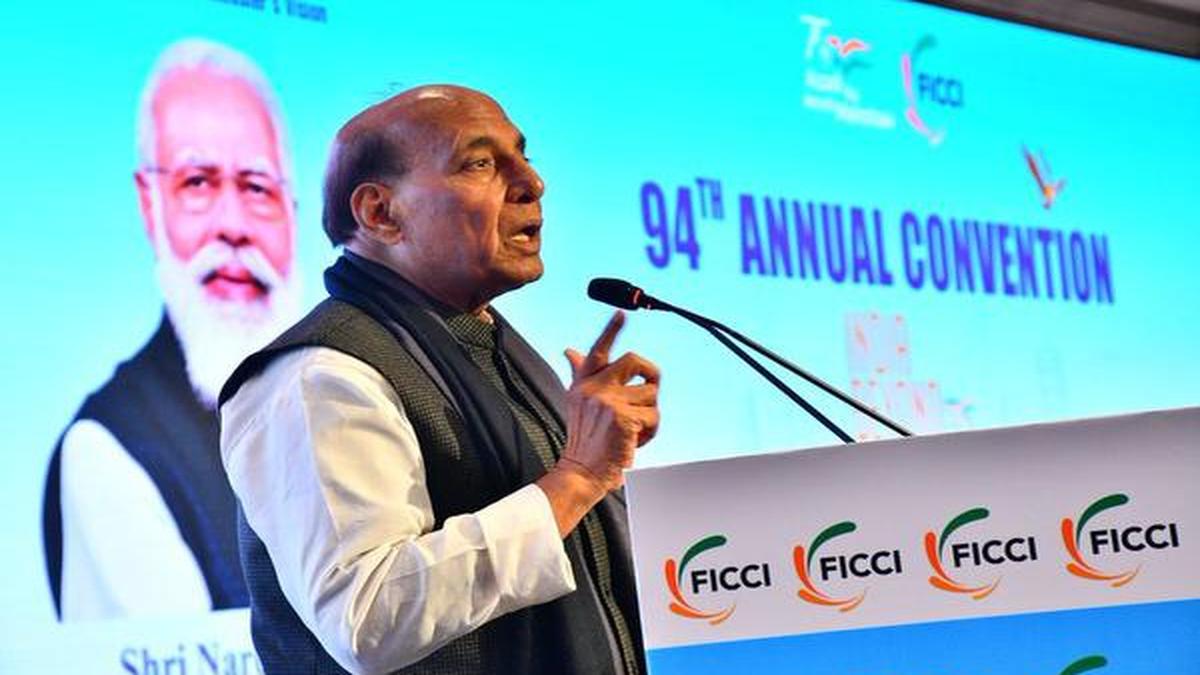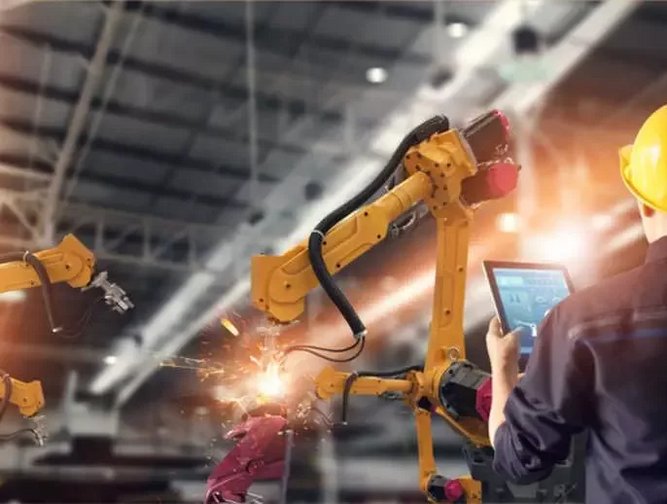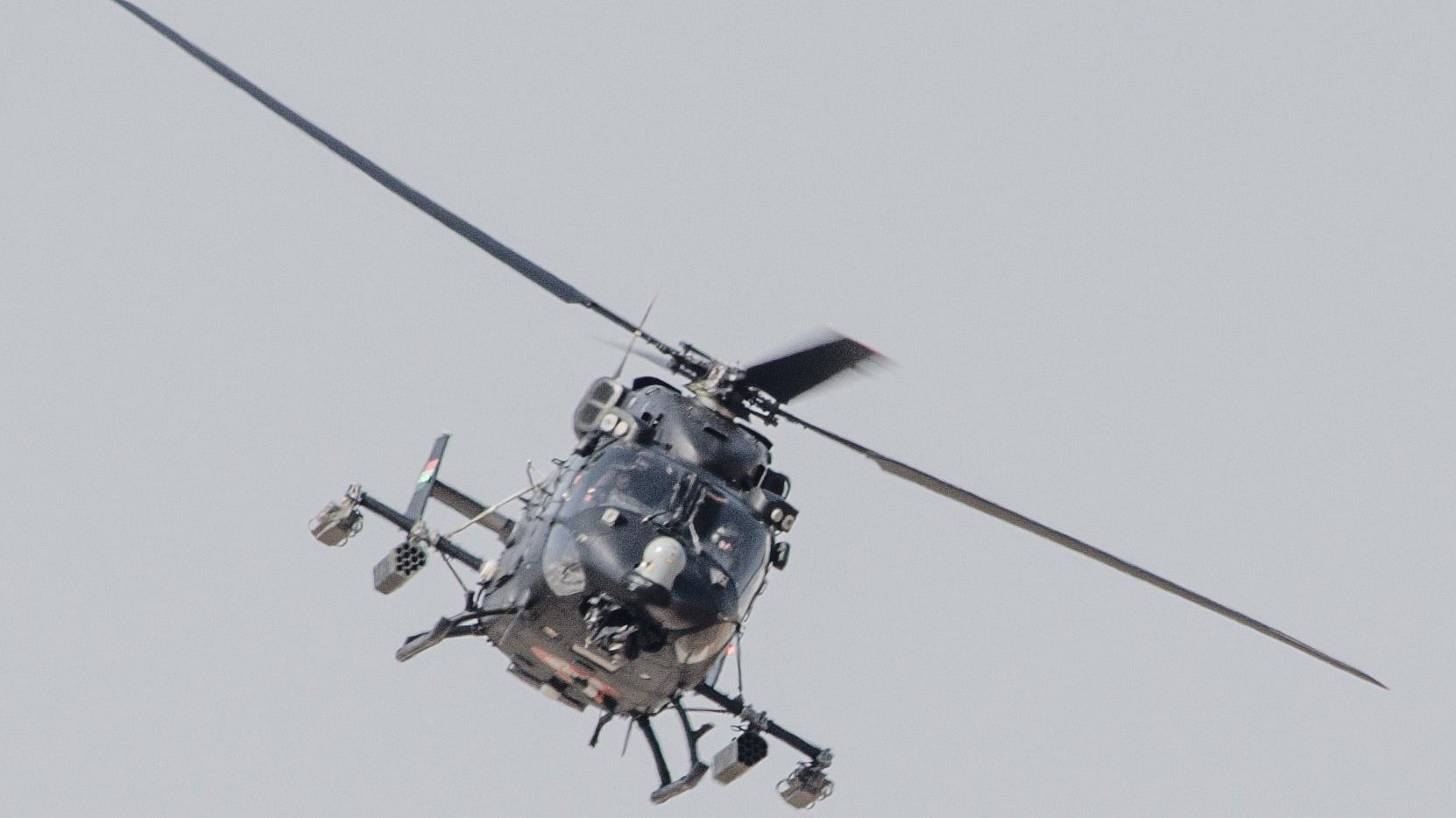SavageKing456
Active member
Weight has been reduced alreadyYa ,but I meant weight issues too ,hope they don't make it too heavy , if weight is controlled we might see it going into Ghatak ,and some tejas
Latest Thread
Weight has been reduced alreadyYa ,but I meant weight issues too ,hope they don't make it too heavy , if weight is controlled we might see it going into Ghatak ,and some tejas

 alphadefense.in
alphadefense.in


France has agreed to jointly build aircraft engine: Rajnath
He believes that Indian defence and aerospace manufacturing market will increase manifold.www.thehindu.com
He believes that Indian defence and aerospace manufacturing market will increase manifold.
France has agreed to jointly build aircraft engine in collaboration with India, Defence Minister Rajnath Singh said on Saturday.
The government, he asserted, was committed to increasing the budget outlay for defence procurement from Indian industry. He believed that the Indian defence and aerospace manufacturing market, which was ₹85,000 crore now, would increase to ₹1 lakh crore in 2022 and ₹5 lakh crore by 2047.
“Yesterday, French Defence Minister agreed to build the engine with us, so far not made in India. A major French company will come to India and make the engine in strategic partnership with an Indian company,” Mr. Singh stated at the 94th Annual General Body Meeting of the Federation of Indian Chambers of Commerce and Industry. However, he did not give details of the proposed engine development.
‘Talks on with Safran’
A defence official observed that discussions have been on with Safran of France to develop the engine for the Advanced Medium Combat Aircraft (AMCA) and this was the same engine.
The government recently informed Parliament that it has proposed to develop indigenous engines for powering aircraft such as the LCA variants and the AMCA in association with an International Engine House. The Defence Research and Development Organisation had been in talks with leading engine manufacturers.
On efforts to boost domestic defence industry, he clarified that in this decade, they would increase the items under the Positive list for Indigenisation from current 209 to over 1000. Inviting global companies to invest in the Indian defence and aerospace sectors, he said, “Come Make in India, come make for India, come make for the world.”
Highlighting the initiatives taken to increase the private sector participation and global companies, he remarked, “The Indian defence industry has realised that the opportune time has come for its take-off to higher trajectories. The corporatisation of the OFB is probably the biggest reform in defence production sector since Independence.”
Due to India’s ‘stature’ and its geographical location as well as the kind of security challenges it faces, “we cannot depend on other countries for our defence technologies”, he added.
=====================
If this pans out this will be the ecosystem that will replace GE-404 and GE-414 requirements (in tejas and AMCA etc over time) @Indos @Gessler @Gautam
Kaveri I feel will be used "dry" only for UAV ecosystem and maybe marine over time....and will form basis for what India can take forward and contribute to this proposed French JV.
@AlphaMike @Philip the Arab @Anmdt @Yasar et al.
AMCA detail design hasnt been done yet, has it ?
Previously AMCA is designed to have F 414 engine, I think there is different in diameter, length, and weight compared to F 414 engine

It's in CDR phase which will be completed by early next year with 150000 crore Rs funding approval by CCS to rollout amca by 2024AMCA detail design hasnt been done yet, has it ?
Previously AMCA is designed to have F 414 engine, I think there is different in diameter, length, and weight compared to F 414 engine

 theprint.in
theprint.in
What's UAE and Egypt planning for stealth fighter requirements , last i remember Saudi wants su 75Cant wait to see AMCA in action, seems very promising.
Did India have smaller scale turbofan or jet engine projects before starting Kaveri ?
Not the right thread
But as far as I know
We directly jumped to kaveri.
We did not even have smaller turbofan programs.
Manik(stfe) and hal derivatives came later.
What I mean is indigenous development,our own program sort ofKaveri was not a fresh slate starting point.
Arguably Orpheus (license production, MRO and tinkering) provided the greatest impetus to HAL know-how in the cold war.
After Marut winded up early, there was lot of orpheus engines prematurely retired.... HAL put them to extensive RnD efforts as the precursor of Kaveri program shaped up in 70s - 80s.
The progression was roughly (in 50s - current):
1) Centrifugal and other test beds of the 1950s, GTRE first projects after formation
1960s - 70s:
2) Orpheus and its MRO and parts and lateral network from HAL to GTRE on this
3) Domestically Improved (afterburner) Orpheus with better compressor to handle higher speed regime, not accepted by IAF due to weight
4) Tumansky Turbojet (for Mig 21) and similar process flow to (2) regd this.
5) GTX 37-14U (core) Testbed (and 2nd "B" bypass testbed)
1980s - current:
6) Kabini core and Kaveri project (ongoing) and derivatives/branches from this (HTFE, "Dry" only: Marine, UAV, expendables like Manik)
7) Continued material and process flow absorption by HAL-GTRE ecosystem w.r.t RR-Snecma ecosystem (Adour, Turbomeca, rafale etc) along with local RnD continuation
A small gleam into some of the kaveri precursor era and then project basis:
The Mind of an Engineer eBook : Ghosh, Purnendu, Raj, Baldev: Amazon.ca: Kindle Store
The Mind of an Engineer eBook : Ghosh, Purnendu, Raj, Baldev: Amazon.ca: Kindle Storewww.amazon.ca
Section from R Krishnan (80s resume included: BARC metallurgy head, NCML director, GTRE director) specifically:
(Available on google book preview: https://books.google.com/books?id=Z-MLCwAAQBAJ):
View attachment 37915
@Gessler @Anmdt @Bilal Khan(Quwa) @crixus @Milspec @Yasar @Rajaraja Chola @Zapper @Jackdaws et al.
